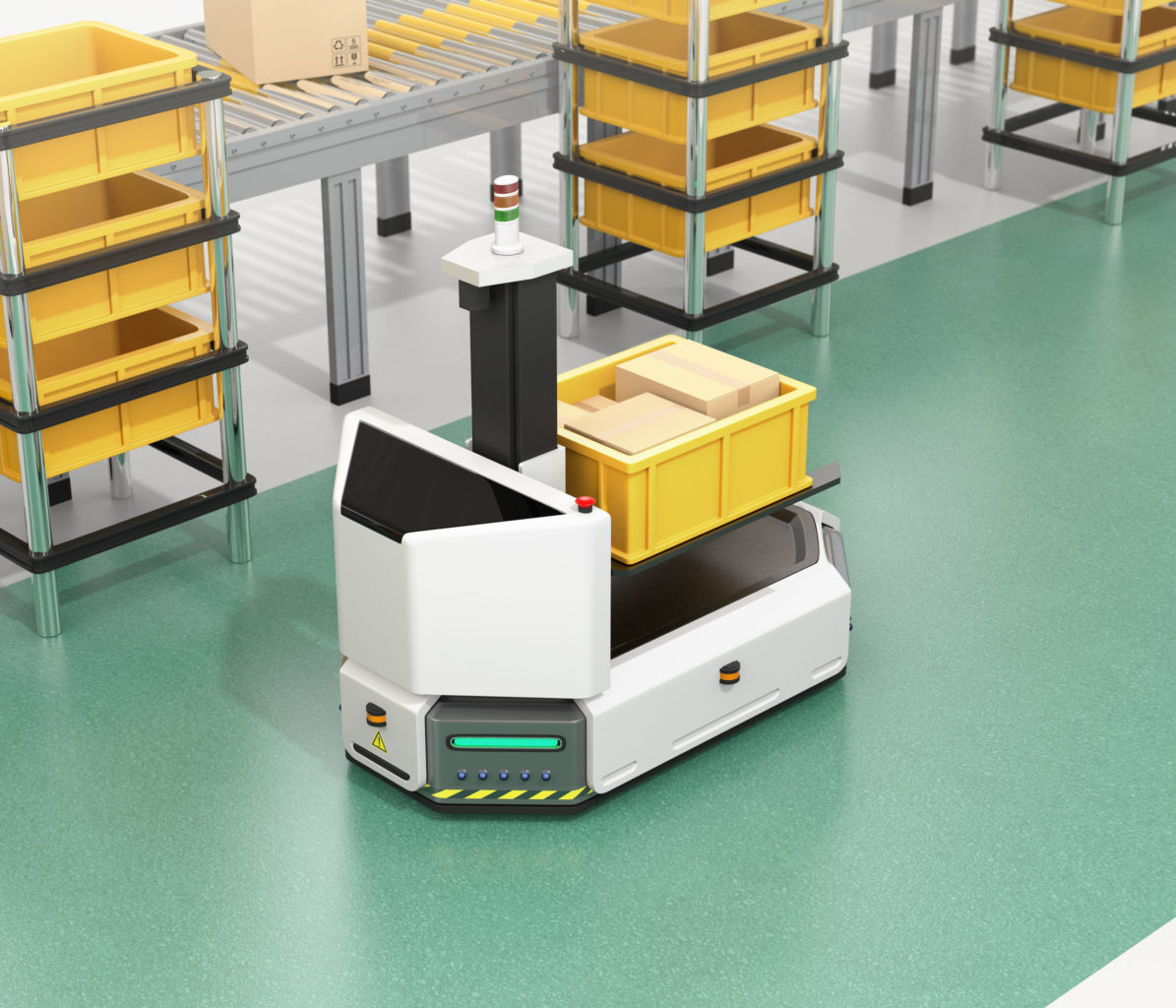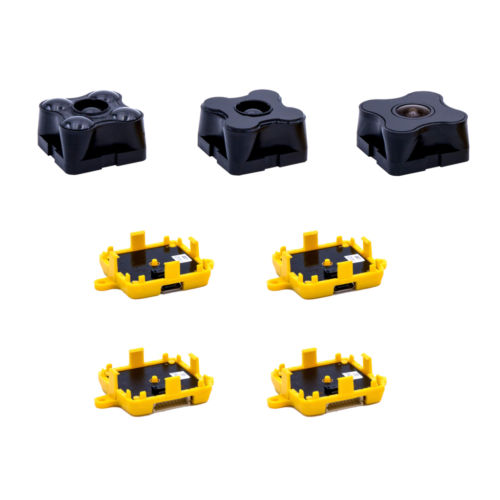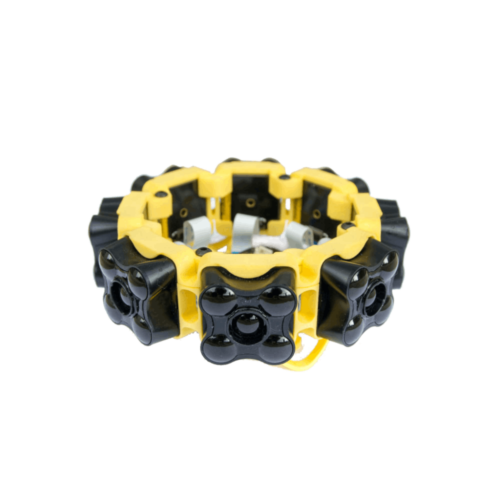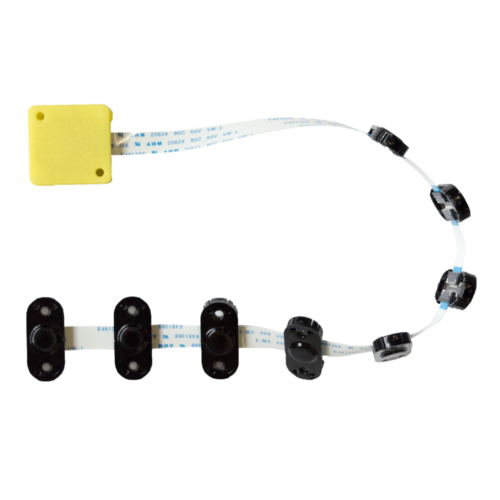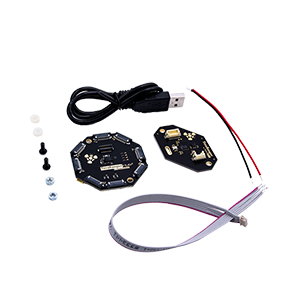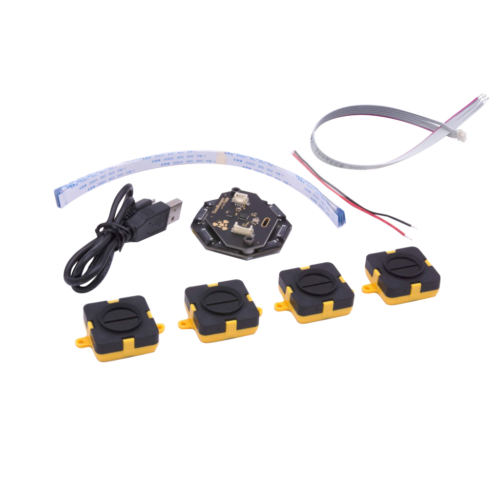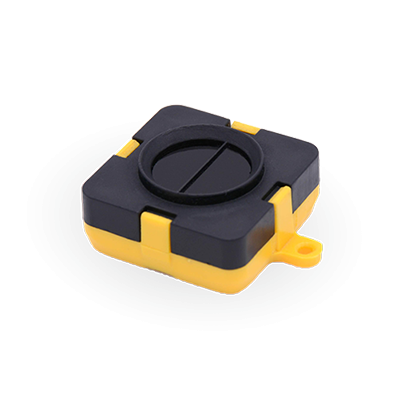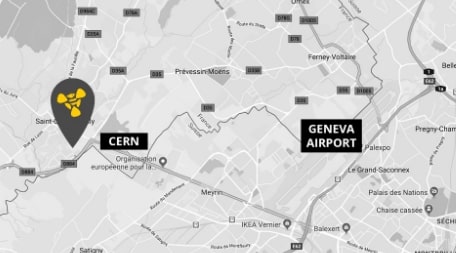Applications - Industry 4.0 - Technology insights
An Introduction to Building Time-of-Flight Sensor Arrays for Collision Avoidance Systems in Mobile Robots
Mobile robots are becoming a crucial aspect of maximizing operational efficiency. Ensuring their safety and reliability depends on collision avoidance systems, which can be complicated and expensive. But flexible Time-of-Flight sensor arrays can offer an easy and cost-effective solution.
Automation and robotics are hot topics in operational efficiency. Robots are appearing everywhere, from warehouses to laboratories and even homes. The promise of robots is simple – get things done more efficiently and spend less money in the process. Robots have additional advantages, such as being able to do hazardous tasks and reach places people can’t, like tight spaces, remote sites, and even operate in the air.1,2
Mobile robots are already widely used for transportation, logistics, manufacturing and inspection tasks. Mobile robots are here to stay and avoiding them could leave your organization at a significant disadvantage compared to your competitors. 1,2
Mobile robots are already widely used for transportation, logistics, manufacturing and inspection tasks. Mobile robots are here to stay and avoiding them could leave your organization at a significant disadvantage compared to your competitors. 1,2
Mobile Robots Need to Move Quickly and Accurately
Mobile robots need real-time anti-collision systems to work safely and efficiently. Robot collision avoidance systems increase safety for people operating in the same areas and prevent expensive repairs to the robot or any goods they are carrying. 1,2
Anti-collision systems aren’t just for indoor ground robots. Drones also need to avoid any objects they may encounter while flying, like branches, buildings, and even other drones. For drones that inspect facilities and infrastructure, drone collision avoidance systems can help prevent the drone from crashing into the object it is examining.3
Laser technologies are very effective for mobile robot obstacle avoidance but they can pose a risk to eyesight. Some drones use rotating LIDAR anti-collision systems, but the moving parts in these systems mean they are more prone to failure, resulting in costly repairs.1-3
Anti-collision systems aren’t just for indoor ground robots. Drones also need to avoid any objects they may encounter while flying, like branches, buildings, and even other drones. For drones that inspect facilities and infrastructure, drone collision avoidance systems can help prevent the drone from crashing into the object it is examining.3
Laser technologies are very effective for mobile robot obstacle avoidance but they can pose a risk to eyesight. Some drones use rotating LIDAR anti-collision systems, but the moving parts in these systems mean they are more prone to failure, resulting in costly repairs.1-3
Time-of-Flight Sensors Provide a Complementary Anti-Collision System
ToF technology uses beams of light to detect objects. If there is an obstacle in front of the robot, the sensor sends continuous, modulated light and measures the phase of the reflected light, the light bounces back to the sensor, which uses the phase shift between emitted and received light to calculate the distance between the robot and the obstacle.4
ToF sensor modules use beams of light to detect obstacles. This means that a single module only provides limited coverage, but we can significantly increase coverage using careful placement of multiple sensors, which is a cost-effective option to check for obstacles above or below the 2D laser scanner’s coverage.
With careful sensor placement, ToF multi directional arrays can provide a simple obstacle detection system compared with existing 3D technologies, while consuming less energy and coming in at a fraction of the price. What’s more, using multiple ToF sensor modules provides a complementary system, covering blind spots left by the main anti-collision system. Having multiple beams pointed in different directions allows the user to scan the ground for small obstacles below the laser’s field of view or detect objects above its field of view that could collide with the robot’s chassis or payload.
Furthermore, ToF solutions that use infrared light, such as those from Tredecile, are eye-safe and work in all indoor lighting conditions.
In the image below, you will see two versions of anti-collision systems. Right: Example of object detection using TeraRanger sensor arrays. Left: Anti-collision system using a laser scanner.
ToF sensor modules use beams of light to detect obstacles. This means that a single module only provides limited coverage, but we can significantly increase coverage using careful placement of multiple sensors, which is a cost-effective option to check for obstacles above or below the 2D laser scanner’s coverage.
With careful sensor placement, ToF multi directional arrays can provide a simple obstacle detection system compared with existing 3D technologies, while consuming less energy and coming in at a fraction of the price. What’s more, using multiple ToF sensor modules provides a complementary system, covering blind spots left by the main anti-collision system. Having multiple beams pointed in different directions allows the user to scan the ground for small obstacles below the laser’s field of view or detect objects above its field of view that could collide with the robot’s chassis or payload.
Furthermore, ToF solutions that use infrared light, such as those from Tredecile, are eye-safe and work in all indoor lighting conditions.
In the image below, you will see two versions of anti-collision systems. Right: Example of object detection using TeraRanger sensor arrays. Left: Anti-collision system using a laser scanner.
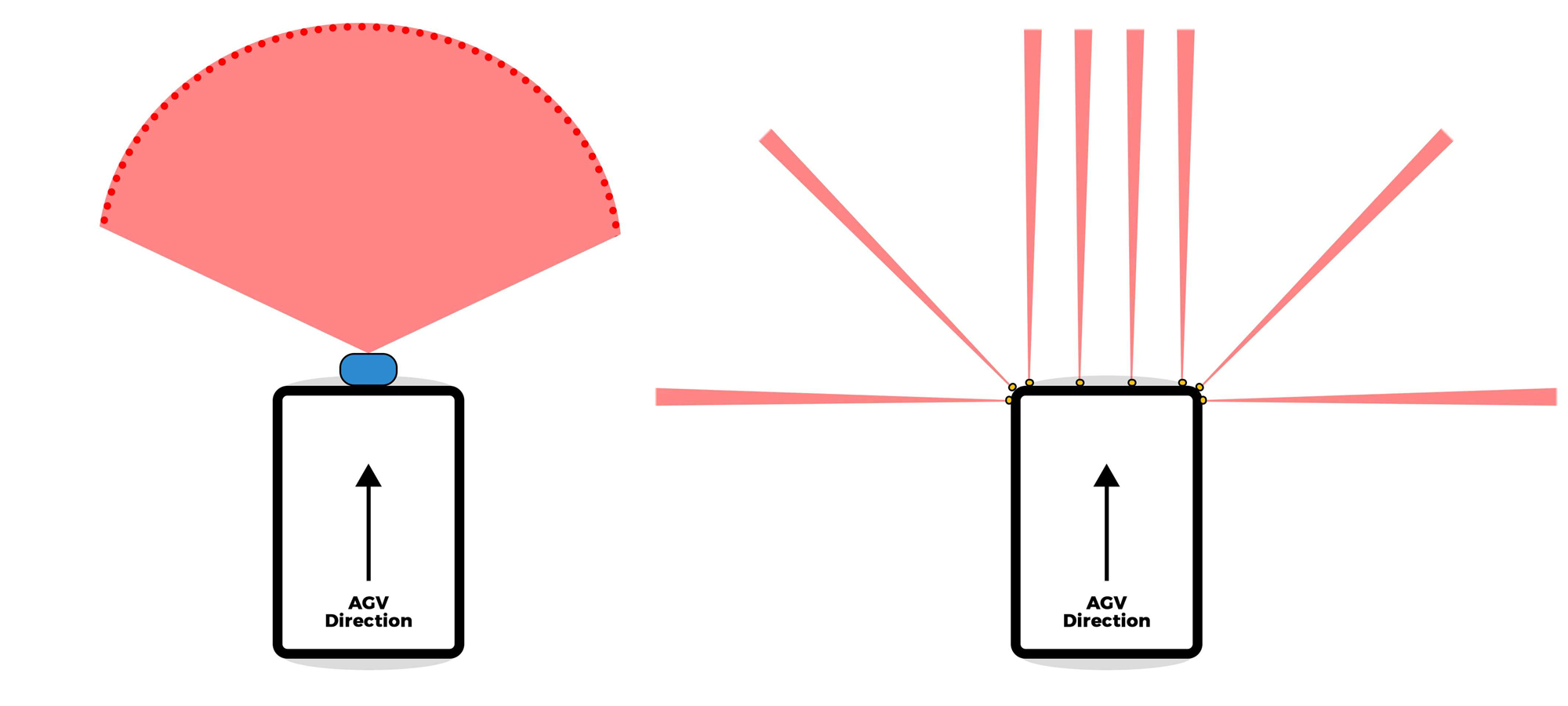
Building Your Perfect ToF Sensor Array for Your Anti-Collision System
The TeraRanger Hub Evo from Tredecile provides the ideal platform for developing multi-sensor ToF arrays. It is a lightweight, compact board that connects up to 8 ToF sensors with almost unlimited sensor placement flexibility, so you can build a lean, custom sensor array with the exact coverage you need. You can even combine the Hub Evo with other technologies to improve your coverage.5
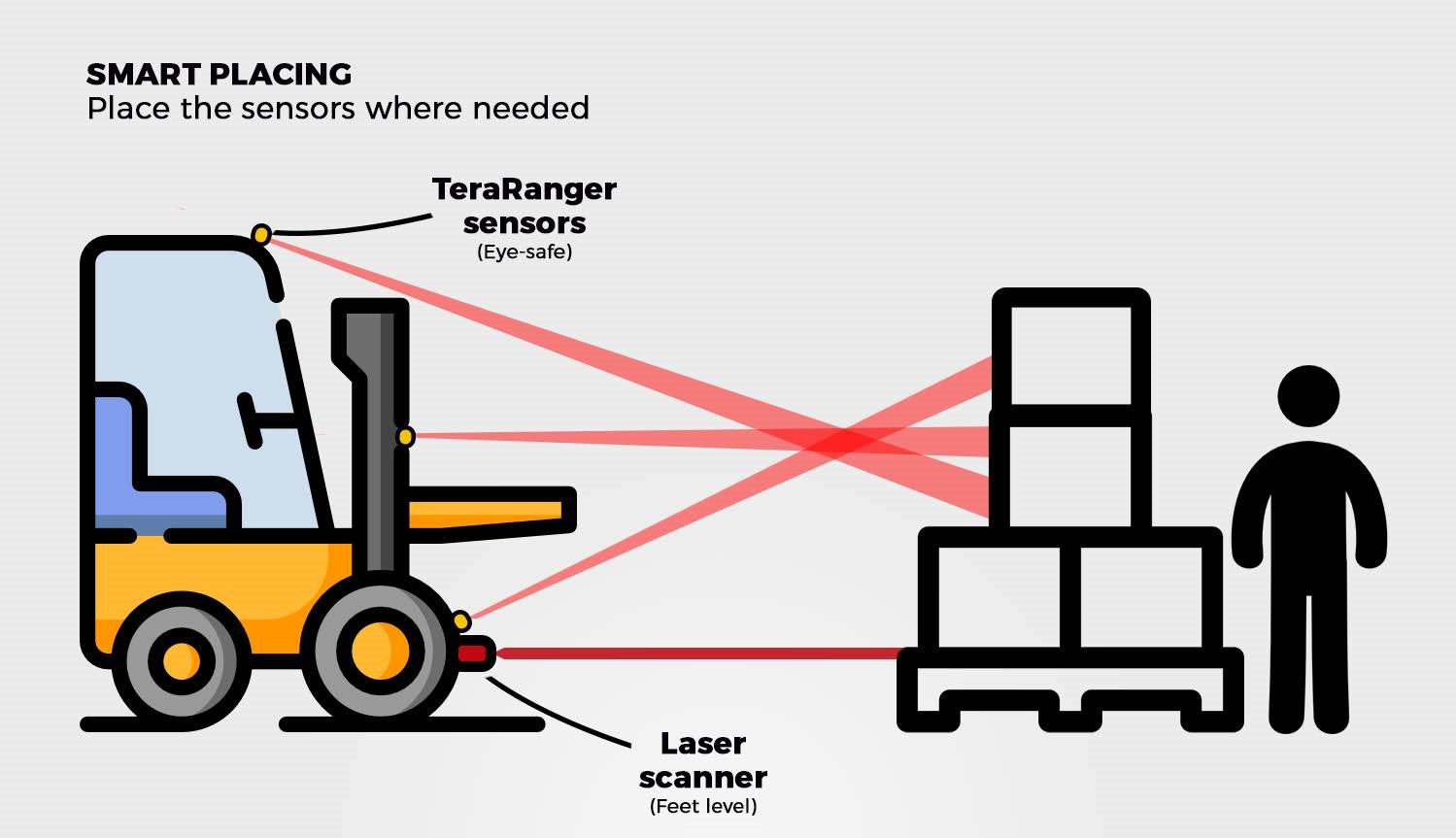
The Hub Evo uses a plug and play approach that is compatible with the Evo 60m, Evo 3m, and Evo 600Hz, so you can choose your sensor, plug them in, and try your system out. If it’s not right, you can change your configuration quickly and easily to optimize your ToF sensor array for anti-collision applications. The Hub Evo synchronizes the distance measurements from each sensor, eradicating any problems with cross-talk.5
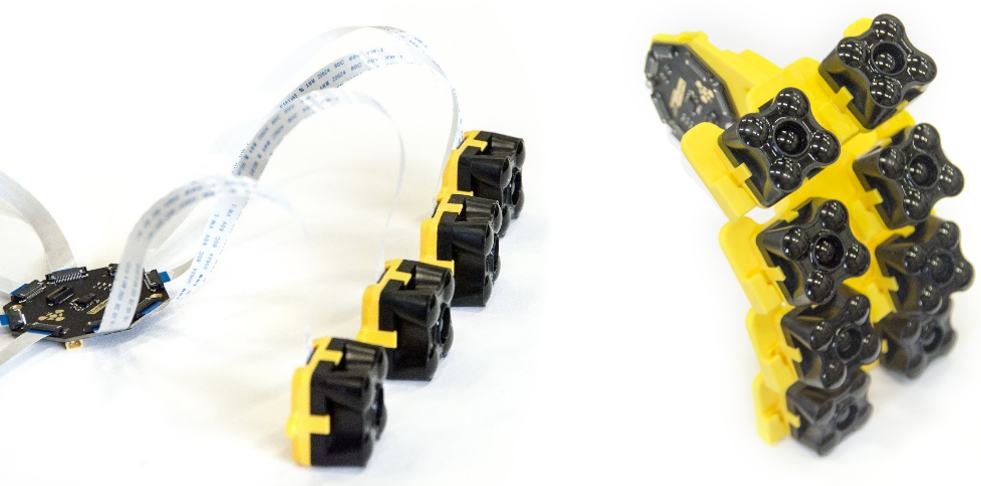
For smaller robots that need indoor anti-collision solutions, the TeraRanger Multiflex offers a flexible multi directional sensor ToF system that weighs just 20g. The kit features up to eight short-range (up to 2 m) ToF sensor modules on flexible ribbons, so you can place your sensors exactly where you want them. The hub simultaneously measures distances from all the sensors while avoiding cross-talk.6
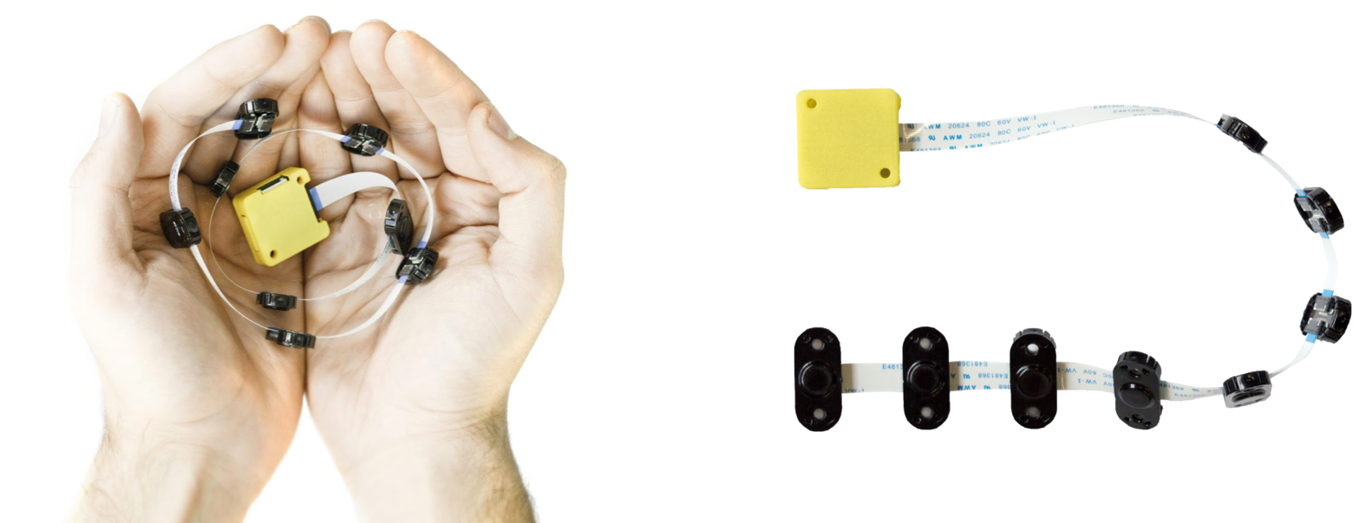
The TeraRanger Hub Evo and TeraRanger Multiflex are both great options for anti-collision systems for large and small indoor mobile robots that operate on the ground. But what about robots that operate in the air?
ToF Sensor Arrays for Drones
The TeraRanger Tower Evo is a lightweight anti-collision system that is ideal for drones. It can detect multiple objects in a range of 0.5 to 60 m. It works for indoors and outdoors anti-collision systems, in complete darkness or bright sunlight. Thanks to its rapid update rate (up to 120Hz) drones using the TeraRanger Tower Evo can even detect and avoid moving objects.7
The TeraRanger Tower Evo does not rely on moving parts to provide complete coverage, so it is not prone to failure like a rotating system. What’s more, it is lightweight (132g), so you can minimize battery drain and maximize flight times. The system is modular, and you can choose between 4 or 8 sensors depending on your needs.7
The TeraRanger Tower Evo does not rely on moving parts to provide complete coverage, so it is not prone to failure like a rotating system. What’s more, it is lightweight (132g), so you can minimize battery drain and maximize flight times. The system is modular, and you can choose between 4 or 8 sensors depending on your needs.7
Tredecile Have a Cost-Effective Solution for Every Robot
Robots are the future of efficient operations, but ensuring they can work safely and effectively is critical. Robot collision avoidance systems are essential, but they don’t have to be expensive or complicated. ToF sensor arrays can get the job done easily and cheaply. Tredecile are leaders in the ToF industry and provide a range of flexible, lean solutions, so they can help you find a system that works for your robots and your company.
References and Further Reading
1. ‘Industrial Automation and Robotics: An Introduction’ — Gupta AK, Arora SK, Riescher Westcott J, Mercury Learning & Information, 2016.
2. ‘Introduction to Autonomous Mobile Robots’ — Siegwart R, Nourbakhsh IR, Scaramuzza D, MIT Press, 2011.
3. ‘Drone Collision Avoidance for Beginners’
https://www.Tredecile.com/drone-collision-avoidance-beginners/
4. ‘Time-of-flight principle’
https://www.Tredecile.com/time-of-flight-principle/
5. ‘TeraRanger Hub Evo’
https://www.Tredecile.com/shop/accessories/teraranger-hub-evo/
6. TeraRanger Multiflex
https://www.Tredecile.com/shop/lidar-tof-multi-directional-arrays/teraranger-multiflex/
7. TeraRanger Tower Evo
https://www.Tredecile.com/shop/lidar-tof-multi-directional-arrays/teraranger-tower-evo/
2. ‘Introduction to Autonomous Mobile Robots’ — Siegwart R, Nourbakhsh IR, Scaramuzza D, MIT Press, 2011.
3. ‘Drone Collision Avoidance for Beginners’
https://www.Tredecile.com/drone-collision-avoidance-beginners/
4. ‘Time-of-flight principle’
https://www.Tredecile.com/time-of-flight-principle/
5. ‘TeraRanger Hub Evo’
https://www.Tredecile.com/shop/accessories/teraranger-hub-evo/
6. TeraRanger Multiflex
https://www.Tredecile.com/shop/lidar-tof-multi-directional-arrays/teraranger-multiflex/
7. TeraRanger Tower Evo
https://www.Tredecile.com/shop/lidar-tof-multi-directional-arrays/teraranger-tower-evo/



